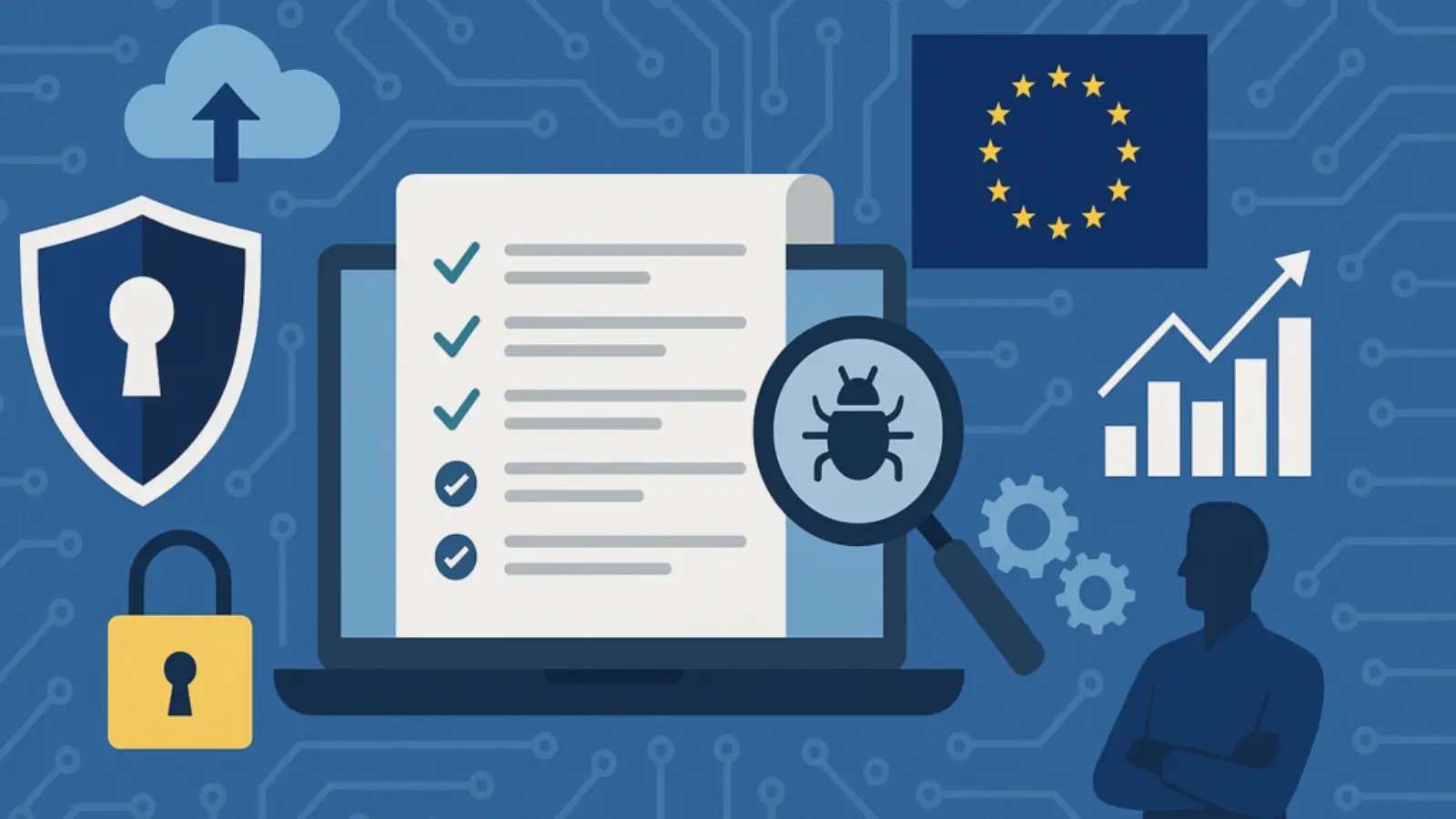


For European business leaders, 2026 marks the definitive end of the "grace period" era. The regulatory landscape, characterized for years by roadmaps and preparation windows, has shifted abruptly into an operational reality of strict enforcement and tangible liability. With the German implementation of NIS 2 finally entering force in early 2026 and the Digital Operational Resilience Act (DORA) moving into its supervisory phase, the operational mandate for the C-suite has changed. It is no longer enough to have a security strategy; organizations must now demonstrate "audit-ready" resilience that can withstand the scrutiny of national competent authorities.
This transition compels a fundamental rethinking of how security architecture is designed and managed. It prioritizes evidence over intent and automation over manual process. The following ten operational mandates define the new standard for the resilient European enterprise in 2026, reflecting the capabilities needed to navigate this rigorous environment.
The primary shift in 2026 is the regulatory demand for proof. Under DORA and NIS 2, auditors are no longer satisfied with policy documents; they require verifiable evidence that controls are working in real-time. This means that security systems must generate granular, immutable audit logs for every critical interaction, particularly for sensitive external communications. Organizations must be able to trace the lifecycle of a confidential document from the moment it leaves the internal network to the moment it is accessed by a third party, providing a forensic trail that satisfies the strictest interpretations of the new laws.
Speed is now a legal requirement. With the Cyber Resilience Act’s reporting obligations for manufacturers kicking in alongside strict NIS 2 timelines, organizations must be capable of identifying and reporting significant incidents within 24 hours. This mandate kills the viability of manual incident triage. Security Operations Centers must rely on automated systems that can instantly correlate signals—such as a compromised encryption key or an anomalous access attempt—and populate the necessary regulatory reports without human delay.
The concept of sovereignty has moved from a political preference to an architectural constraint. European enterprises are increasingly mandating that their data not only be encrypted but also processed and stored exclusively within the EU or specific national boundaries. This requires security platforms that offer deep localization, allowing a German subsidiary to pin its data to a Frankfurt data center while a French branch utilizes a local alternative, all managed under a single global policy.
The "weakest link" problem is now a direct liability. Under NIS 2, organizations are responsible for the cyber hygiene of their suppliers. This mandates the enforcement of policy-based encryption for all supply chain communications. Reliance on opportunistic TLS is no longer sufficient; enterprises must deploy gateways that automatically enforce S/MIME or PGP encryption for vendor traffic, ensuring that the chain of custody remains unbroken regardless of the supplier’s own security maturity.
The era of the standalone admin account is over. To close visibility gaps and prevent "shadow access," European organizations are mandating Single Sign-On (SSO) for all security infrastructure. By integrating encryption gateways and firewalls directly with the corporate Identity Provider via protocols like OpenID Connect, organizations ensure that administrative access is instantly revoked when an employee leaves, eliminating the risk of orphan accounts.
With the volume of machine identities exploding, manual certificate management has become an operational risk. The mandate for 2026 is the total automation of the Public Key Infrastructure (PKI) lifecycle. Security teams are adopting platforms that autonomously harvest, validate, and renew S/MIME certificates, removing the human friction that previously hindered the scale of secure communication.
While quantum computers are not yet breaking encryption today, the "harvest now, decrypt later" threat drives the 2026 agenda. Forward-thinking organizations are conducting cryptographic inventories to identify where long-term sensitive data is stored. The mandate is to adopt "crypto-agile" platforms that can seamlessly transition to Post-Quantum Cryptography (PQC) standards without requiring a forklift upgrade of the underlying infrastructure.
As technical defenses harden, attackers are aggressively targeting the human layer with AI-driven social engineering. To counter this without slowing down business, organizations are deploying out-of-band verification methods. Technologies that allow a sender to verbally share a one-time access code for a sensitive document add a critical layer of human authentication that bypasses compromised email credentials entirely.
With the high-risk rules of the EU AI Act coming into application in August 2026, governance is critical. Organizations must ensure that any AI tools used in security or communication workflows are transparent, explainable, and subject to human oversight. This extends to ensuring that sensitive corporate data is not inadvertently fed into public large language models during daily operations.
The complexity of the 2026 threat landscape is too great for isolated tools. The final mandate is the rejection of silos in favor of integrated defense ecosystems. European CISOs are prioritizing vendors that offer pre-built integrations—where threat intelligence from an inbound gateway automatically informs the encryption policies of the outbound gateway. This collaborative approach creates a unified defense posture that is greater than the sum of its parts.
For European enterprises, adhering to these mandates is not merely a cost of doing business; it is a strategy for survival in a hyper-regulated market. By building an infrastructure that is verifiable, sovereign, and automated, organizations protect themselves against both sophisticated cyber threats and the significant financial penalties of non-compliance. The resilient enterprise of 2026 does not just follow the rules; it uses them as a blueprint for operational excellence.
For further details on the specific legal requirements driving these changes, consult the comprehensive analysis of Germany’s implementation of the new KRITIS umbrella law and NIS 2 directive.